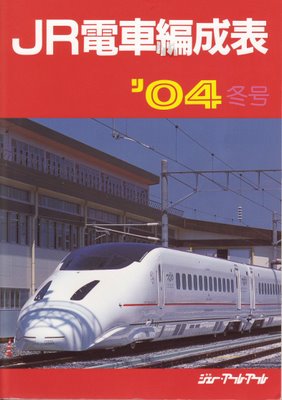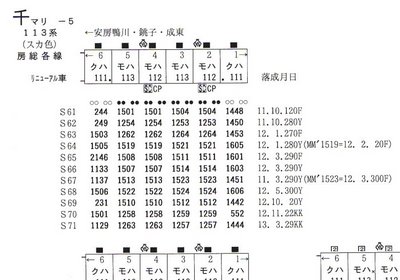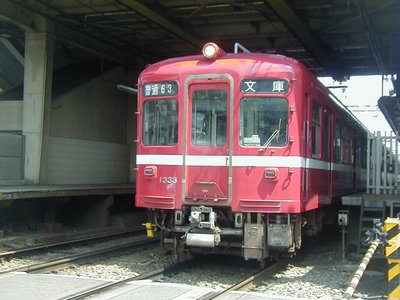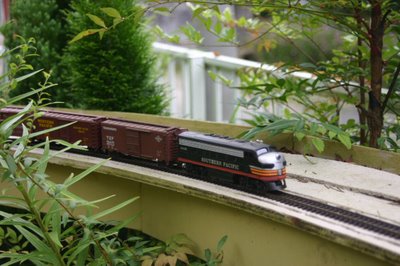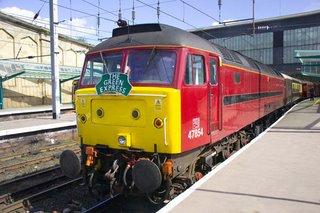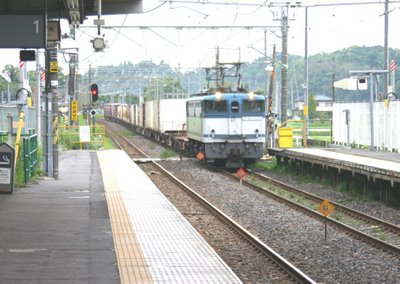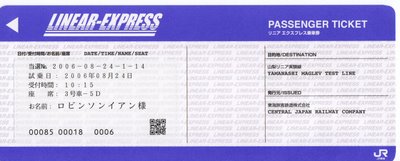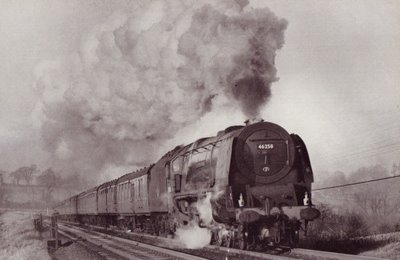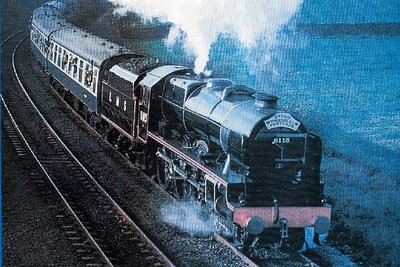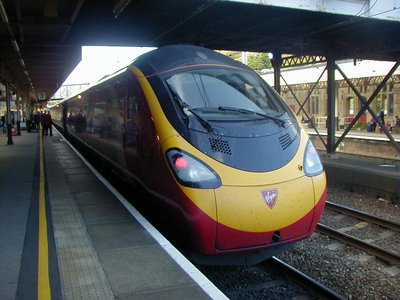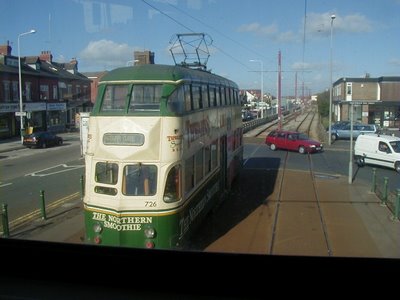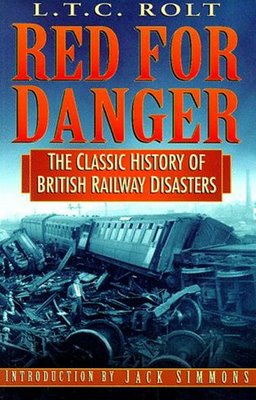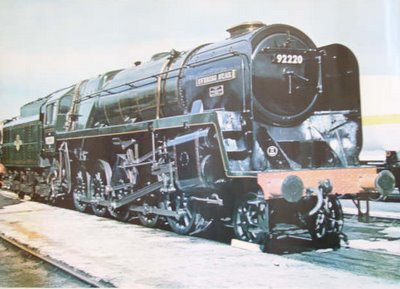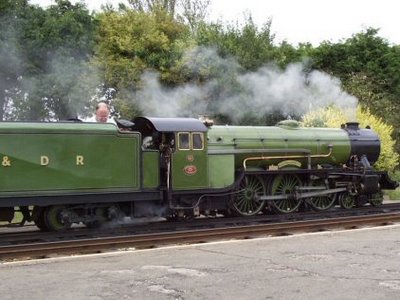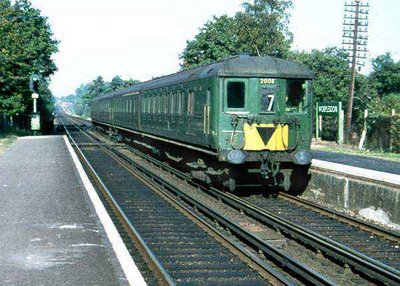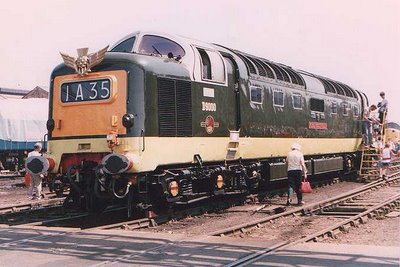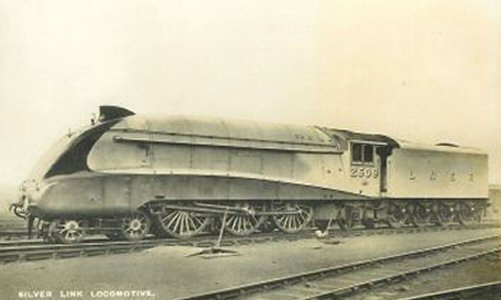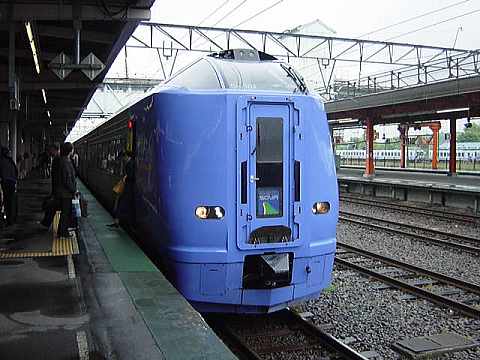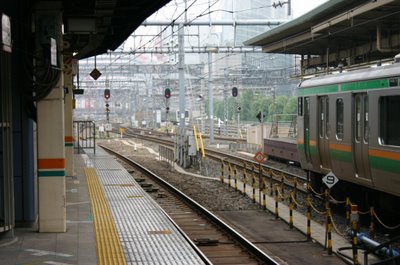Japanese Trainspotting in practice
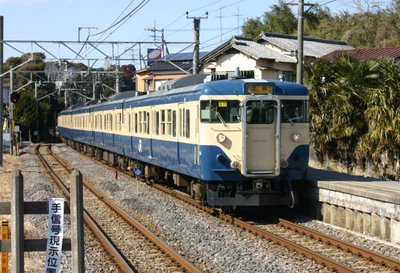
As a break from the heavy detail that I included about rosters and the like yesterday here is a photograph of one of the trains listed in the short excerpt I included in my entry that might make it all a bit clearer ...
Here's our local station at Hyuuga and a 113 Class is just pulling up on a down train to Choshi. I really like this colour scheme - and indeed the trains. They are early seventies vintage but of course immaculately maintained and they have a bit of character about them. You could write a novel based on these trains and their passengers - commuters to distant Tokyo, farmers and shoppers off up to Chiba and schoolkids. They are always full - usually VERY full.
See that little yellow tag in the top of the nearest front window? That's the crucial one, the train reporting number You can't read in reduced but actually it's train Chiba Makuhari train S71 - as this is the 'Choshi end' you can check on your list from yesterday and see that the first coach here is trailer 111-1129. The yellow panel with the kanji on in the centre reads "Choshi via Yachimata" and the white panel beneath is the service number - JR East Japan Service 1348, the 10:17 Chiba-Choshi 'all stations'
You can't say that you are ever short of information as a gricer in Japan ...
